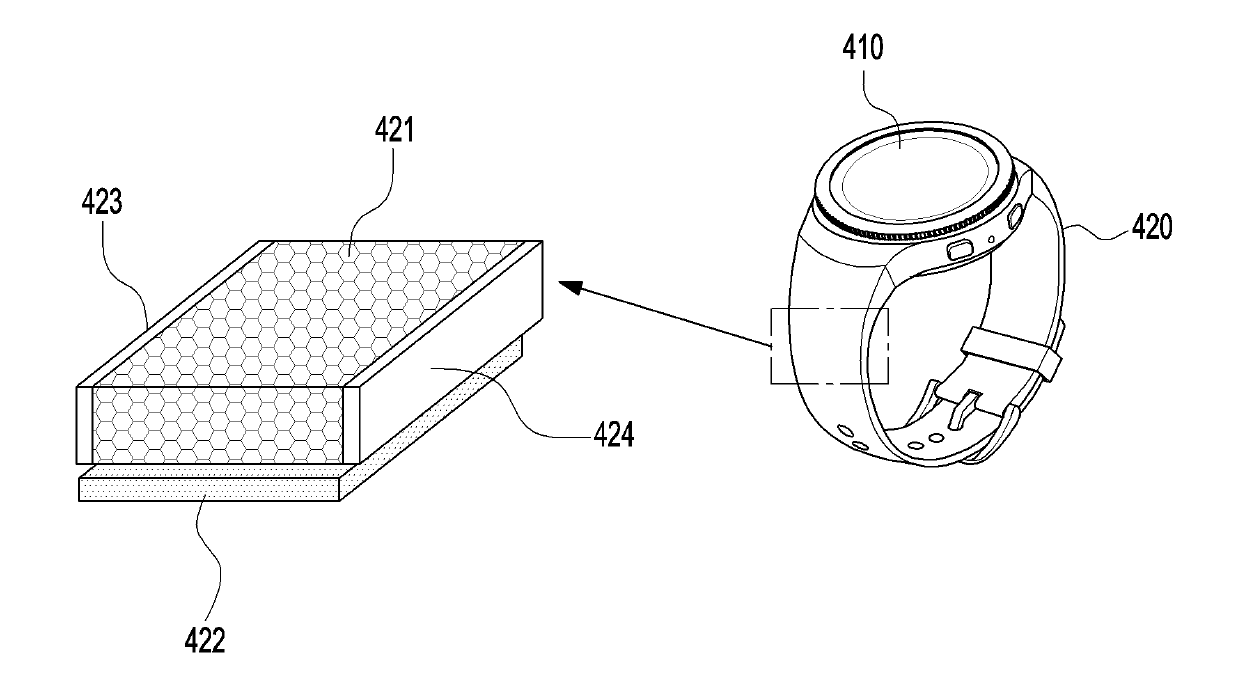The Phone, the Watch, and the Ring
Apple (AAPL) filed its first ‘ring’ patent back in 2015, followed by Samsung Electronics (005930.KS) just two month later, with both adding follow-up filings over the years, but both were beaten by Amazon (AMZN) who released the “Echo Loop” in September 2019, only to kill the product before year-end 2020. Apple’s ring development is said to be linked to its potential XR device while Samsung’s development path is more toward being a ‘control’ center for a variety of devices, but the ‘rings’ that are currently available are more like smart watches in that they typically measure and track a number of body functions, and potentially offer advice as to how to ‘live your best life’, meaning staying healthy, while others are far more specific to the needs of specific user types.
For instance, the Oura (pvt) Gen 3, a $349 device made from titanium and weighing between 4g to 6g, comes with 6 month of free ‘membership’ ($5.99/month thereafter) and includes an optical heart rate sensor, a blood oxygen sensor, a skin temperature sensor, and a PPG sensor that measures HRV (Heart rate variability aka Photoplethysmography), a substitute for ECG that has recently been incorporated in a number of commercially available devices, along with an accelerometer. The devices lasts between 4 and 7 days before recharging and the membership software, aside from the data itself, gives you an in-depth sleep analysis every morning, personalized health insights and recommendations, live heart rate monitoring, and skin temperature readings to let you know if you are sick or heading into a menstrual cycle.
The smartwatch market, the most similar to the rings described above was roughly $30b last year, so the development of any device that can feed into such a market is a given for major CE companies, and with the current crop of smart watches ranging from $60 (OnePlus (pvt)) to ~$800 (Apple Ultra), there seems to be enough interest in what is now a small and underserved market to attract some spending. We expect much of the market evaluation at major CE companies is based on whether the smart ring market will eat into the smart watch market, but we believe the evaluation is much more complex and is oriented toward the impact it might have on the smartphone market, a cash cow for many CE companies.
As brands face the constant battle to differentiate their smartphones, features become an important part of that differentiation, but as smartphones mature, it becomes more of a game to find something ‘new’, such as Samsung’s focus on foldable devices. If smart rings can perform smart watch functions and allow you to keep your smartphone in your pocket for much of the day, it lessens the value of those two devices, not something major CE companies want to face. That said, a good marketing department could latch on to a smart ring as an adjunct to a smartphone sale, as a $50 or $100 accessory. Tablets were feared to have the potential to destroy the laptop market and yet they both exist, and foldable smartphones have been said to be the demise of tablets, but all still exist and find a niche where they provide the user with convenience, they key to CE popularity. As we noted, a good marketing department can find a purpose for even the most worthless of CE products and based on what we have seen so far, there are certainly applications where smart rings make more sense than watches or even smartphones in some cases.














 RSS Feed
RSS Feed